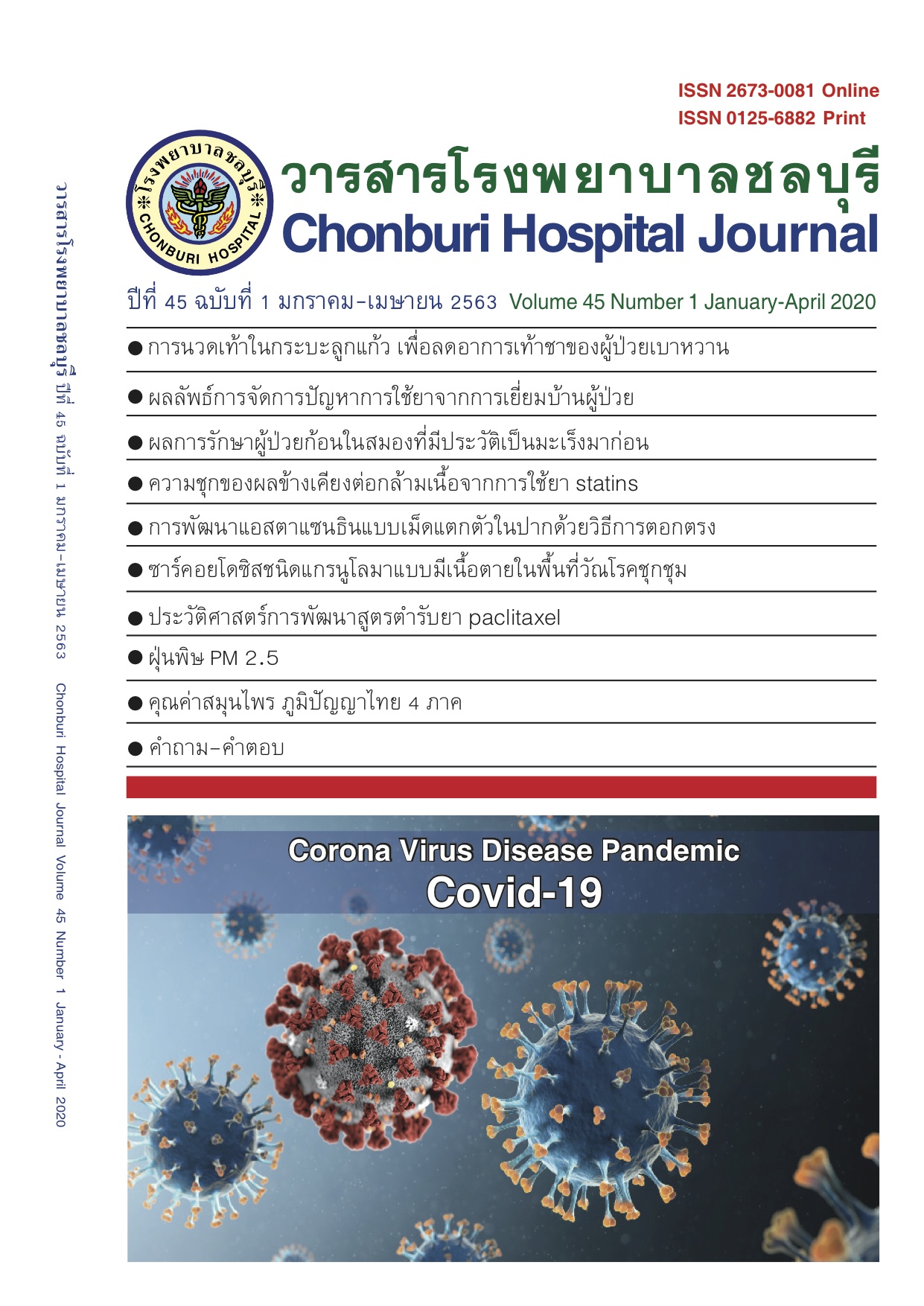PM 2.5
Keywords:
PM2.5, human health, pulmonary disease, cardiovascular, cerebrovascular, skin, N95Abstract
Clean air is a basic requirement of human health and well-being. Air pollution, however, continues to pose a significant threat to health worldwide. An estimated 4.2 million1 premature deaths globally are linked to ambient air pollution, mainly from heart disease, stroke, chronic obstructive pulmonary disease, lung cancer, and acute respiratory infections in children. The health risks associated with particulate matter of less than 10 and 2.5 microns in diameter (PM10 and PM2.5) are especially well documented. PM is capable of penetrating deep into lung passageways and entering the bloodstream causing cardiovascular, cerebrovascular and respiratory impacts.PM is a common proxy indicator for air pollution. It affects more people than any other pollutant.
This article makes a brief review of knowledge about the hazardous properties of the PM2.5 and indication of the risk related to exposure, summarizes information to protect your health from air pollution and the government's efforts to responsible for protecting air quality and other policy tools.

